- Direct from the grower
- Freshly shipped
- Fast delivery & pickup point
- Spicy support
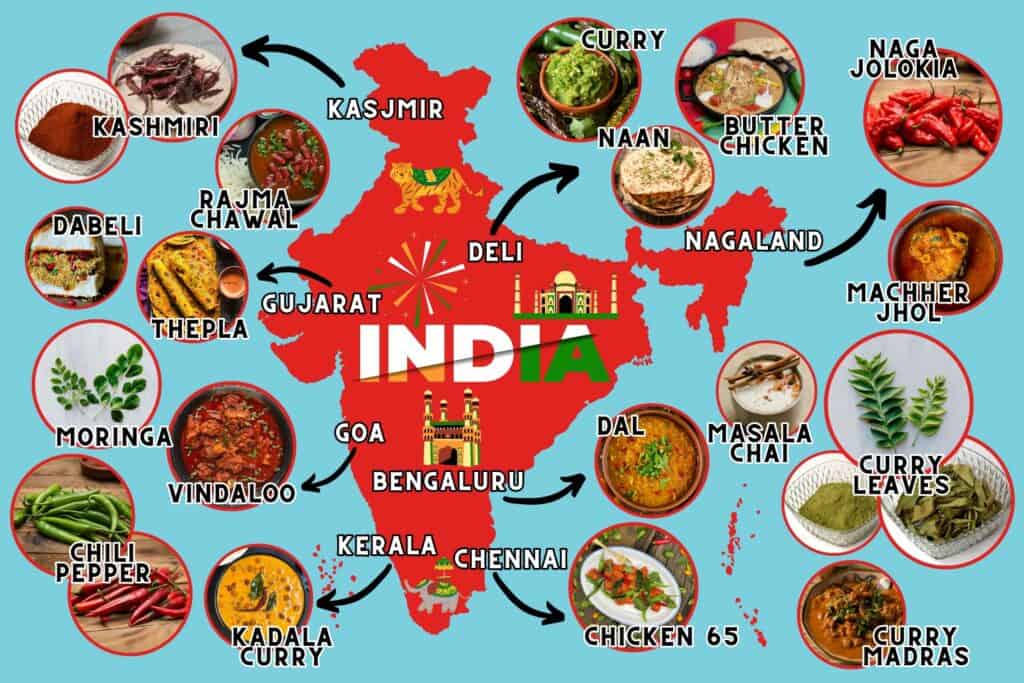
India is known for its varied and flavorful cuisine. It is a huge country with an awful lot of people, so the cuisine varies greatly by region, with different local traditions. The cuisine is characterized by the use of aromatic spices, herbs and different types of vegetables, meats and grains.
Cuisine is heavily influenced by different ethnic, social and religious populations. For example, the Muslim population does not eat pork and the Hindu population in certain areas does not eat beef. This explains why vegetarianism is so common in India. There are many tasty vegetarian dishes such as chana masala, which is made with chickpeas in a spicy tomato-based sauce. And palak paneer, a dish made with spinach and paneer cheese.
India is a huge country with different culinary traditions and specialties. Each region has its own unique flavors, ingredients and cooking techniques. Below is a brief overview of the major regional cuisines in India:
North Indian Cuisine
When India became independent, it was mainly people from the Northern provinces who came to Europe. What is often considered "Indian" here in the Netherlands is in fact more a representation of North Indian cuisine. For example, dairy products such as ghee, paneer and yogurt are widely used. And North Indians generally prefer wheat, flour and grains. From which they make tandoori roti, naan, rumali roti and paratha, which are eaten for breakfast and dinner. It is also known for its rich and flavorful meat dishes such as chicken Tandoori and Butter chicken.
South Indian Cuisine
South Indian cuisine is mainly vegetarian. Important ingredients are coconut, curry leaves and tamarind. It is also a cuisine that contains many spicy and herbal flavors. And where in the north many breads are served with dishes, in the south rice is the basis of many dishes. Such as dosa (type of pancake made from lentils and rice), Idlis (steamed rice cakes) and appams (type of pancake made from fermented rice batter and coconut milk). Another popular dish is vada (deep-fried savory doughnuts made from legume flour).
East Indian cuisine
East Indian cuisine contains many fish dishes, this because of its location by the sea and the many rivers. Especially freshwater fish such as shrimp, salmon, hilsa and carp are widely used. Other important ingredients are mustard oil, fenugreek and rice. Popular dishes are machher jhol (fish curry) and chingri malai curry (shrimp curry made with coconut milk).
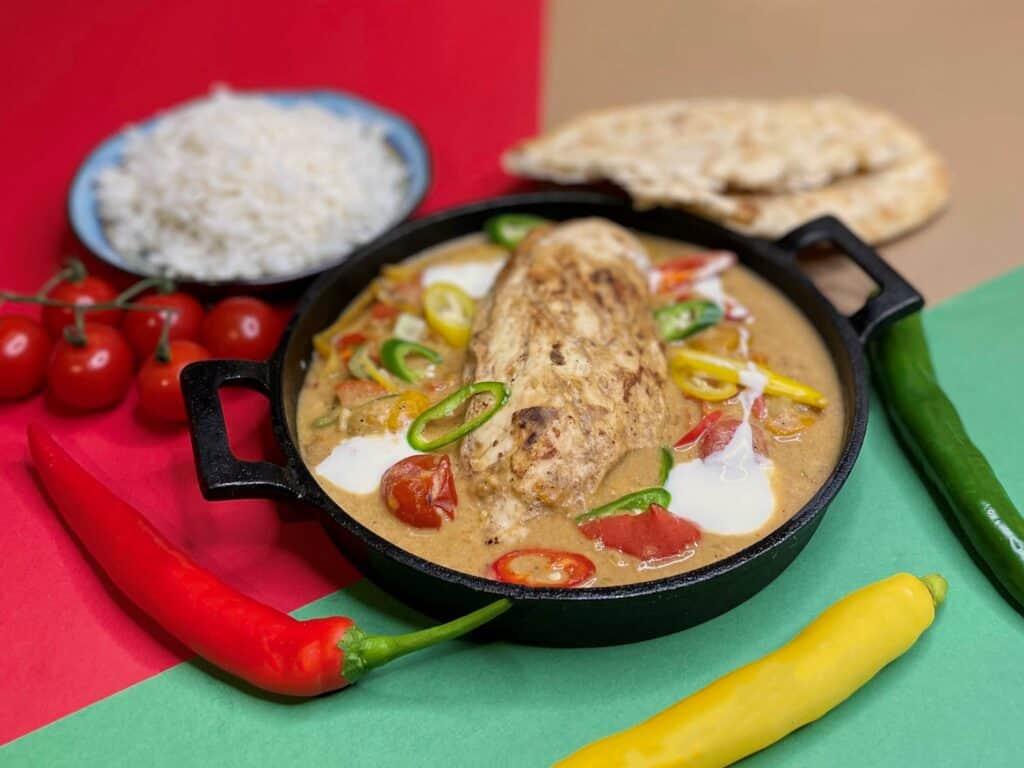
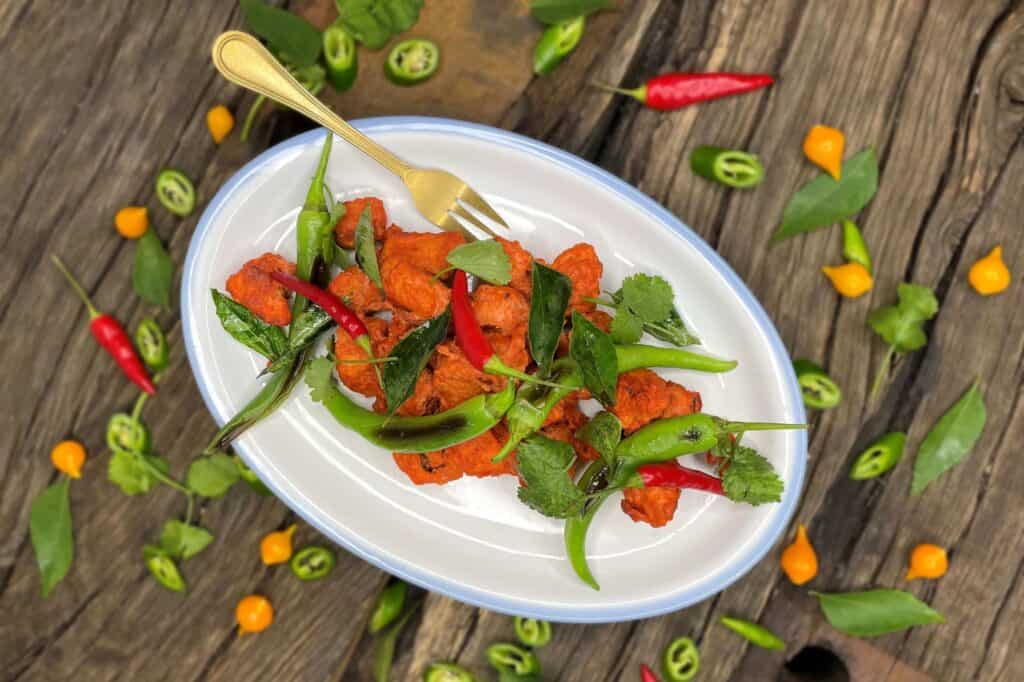
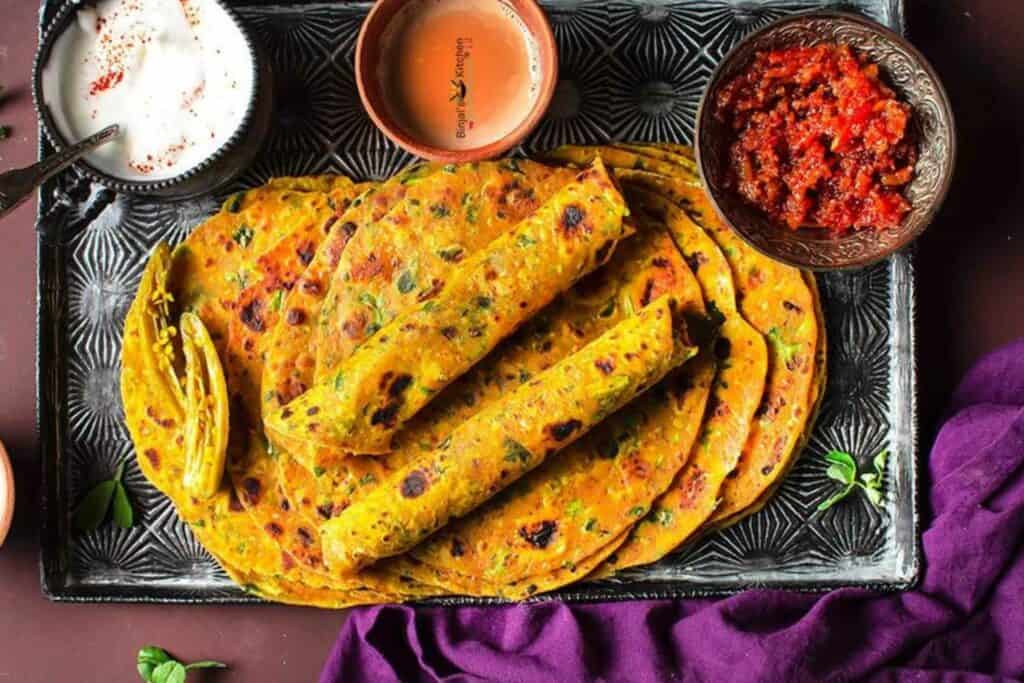
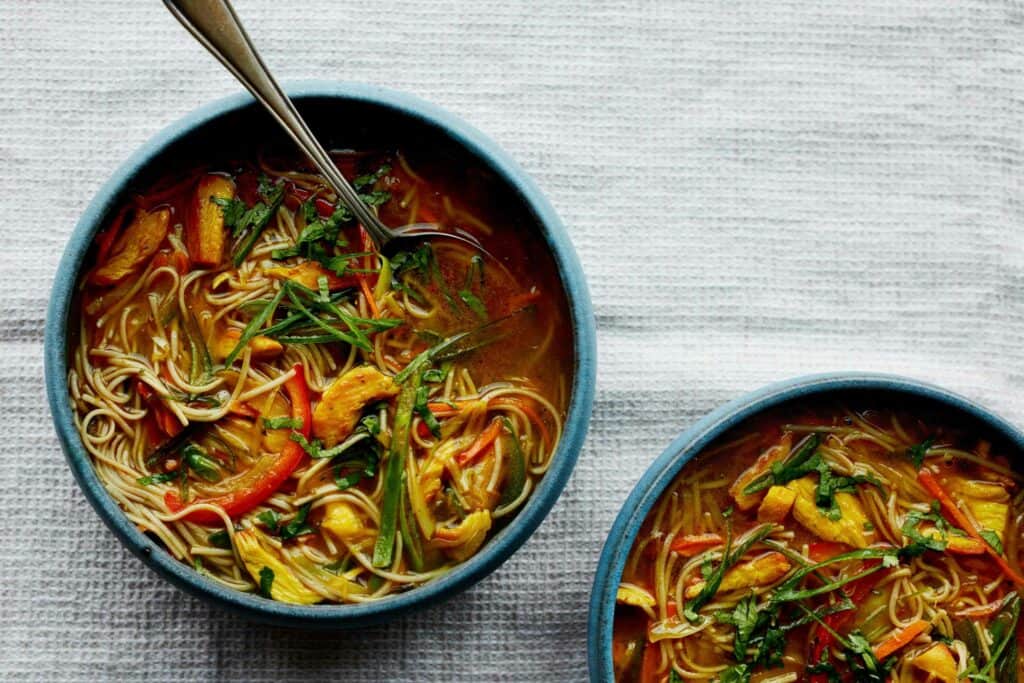
West Indian Cuisine
This cuisine is heavily influenced by the cuisine of Gujarat, the fifth largest Indian state. Here, many people have a vegetarian diet. Vegetables such as potatoes and lentils are therefore often the main component of a meal. Popular dishes include dhal (dish made with lentils), thepla (spiced flatbread made with fresh fenugreek 'methi' leaves and whole wheat flour) and dhokla (savory steamed cake made from chickpea flour). Goa, a small coastal region to the west, on the other hand, eats a lot of fish and seafood. Here you can see many Portuguese influences, still from the time of the voyages of discovery. Portuguese introduced the red chili pepper, beef and pork. A famous dish is Vindaloo, a flavorful curry with chilies.
Central Indian Cuisine
Central India's cuisine is influenced by the Mughal Empire and includes dishes such as biryanis (a fragrant and spicy rice dish) and various types of kebabs. The cuisine is also known for its use of millet, a grain commonly grown in this region.
Northeast Indian Cuisine
This cuisine is influenced by neighboring China, Bhutan, Myanmar and Bangladesh. In fact, it is even further east and because of this it falls a bit outside the rest of India. It eats relatively much meat and fish compared to the rest of India. Chinese influence can be seen in noodles, dumplings and fermented foods such as bamboo shoots. Near the Myanmar border is the Nagaland region where the Naga Jolokia pepper comes from, this is one of the hottest chili peppers in the world. Popular dishes of Northeast Indian cuisine include momos (steamed dumplings stuffed with meat or vegetables) and thukpa (hearty noodle soup).
Chili peppers are an essential part of Indian cuisine and are used in a variety of dishes to add spiciness and flavor. There is a wide range of chili peppers, from mild to very hot varieties. Chili peppers are often used in Indian cuisine to balance the flavors of other ingredients in a dish, such as the sweetness of coconut milk or the fullness of ghee. They also have health benefits because chilies contain capsaicin, a substance that has been shown to have anti-inflammatory and antioxidant properties.
One of the most commonly used chili peppers in Indian cuisine is the green chili pepper, which is used both fresh and dried. Green chilies are often added to curries, stews and chutneys, and are also used in pickling and in marinades for meat. Red chilies also come in various forms, such as dried whole chilies, chili powder or chili flakes. They are often used in spice blends such as garam masala, as well as in meat dishes and vegetable dishes.
Another important chili pepper is the Kashmiri pepper. This is a mild chili pepper often used in Indian cuisine for its vibrant red color, mild spiciness and its unique flavor, fruity and a slightly smoky aroma. It is named after the region of Kashmir in northern India where it is traditionally grown. They are oblong in shape and have a wrinkled, shiny skin. They are usually dried and ground into a fine powder, which is used as a flavoring and coloring agent in various dishes, especially in Kashmiri cuisine.
The Naga Jolokia also comes from India, also known as bhut jolokia or ghost pepper, and is one of the hottest chili peppers in the world. It is used sparingly to little in dishes because of its intense heat and is really for those who love super spicy food.

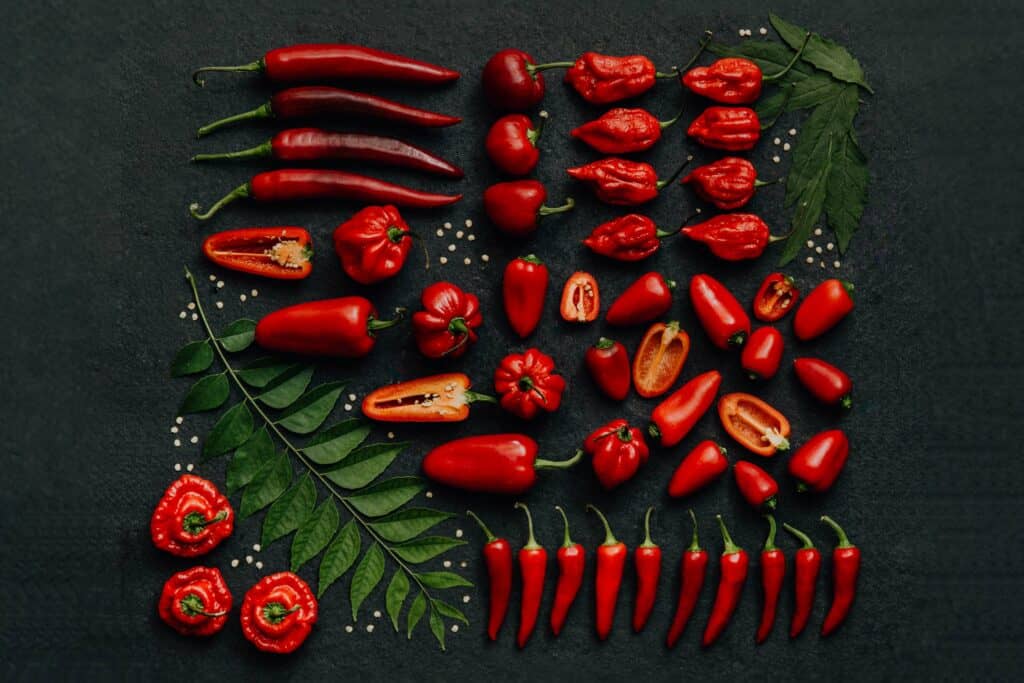
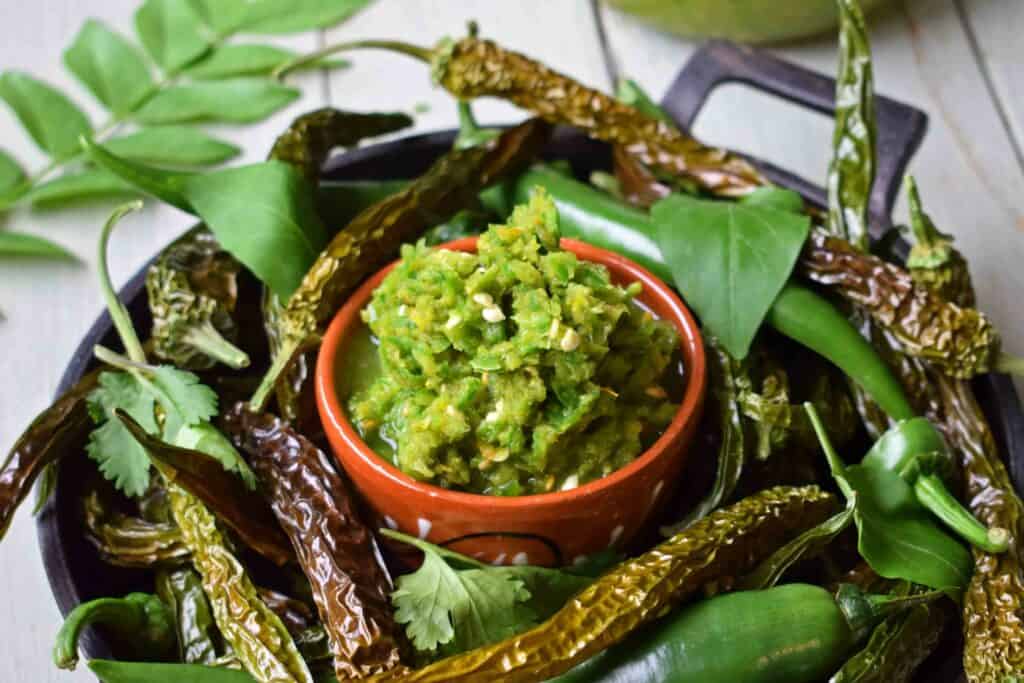
One of the most popular drinks in India is chai, a mixture of tea, milk and spices such as ginger, cardamom, cinnamon and cloves. Often drunk in the morning and evening, chai is a social drink that brings people together.
Another popular Indian drink is lassi, a refreshing yogurt-based beverage. It comes in several flavors, such as mango, rose and mint, and is often drunk as a cooling drink during the hot summer months.
Thandai is a traditional Indian drink often consumed during the festival of Holi. It is made by mixing milk, almonds, fennel seeds and cardamom, and is a sweet and flavorful drink served chilled.
In addition to these traditional drinks, India also has various fruit juices and alcoholic beverages. Coconut water is a popular drink in southern India, while bhang is a cannabis-infused beverage consumed during the festival of Holi.
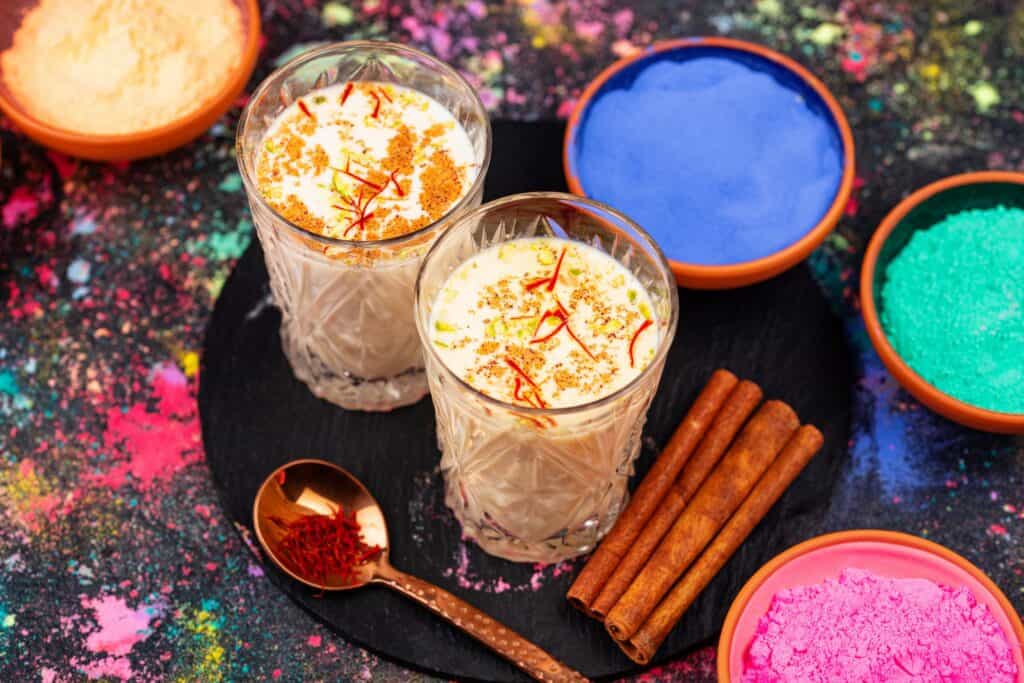
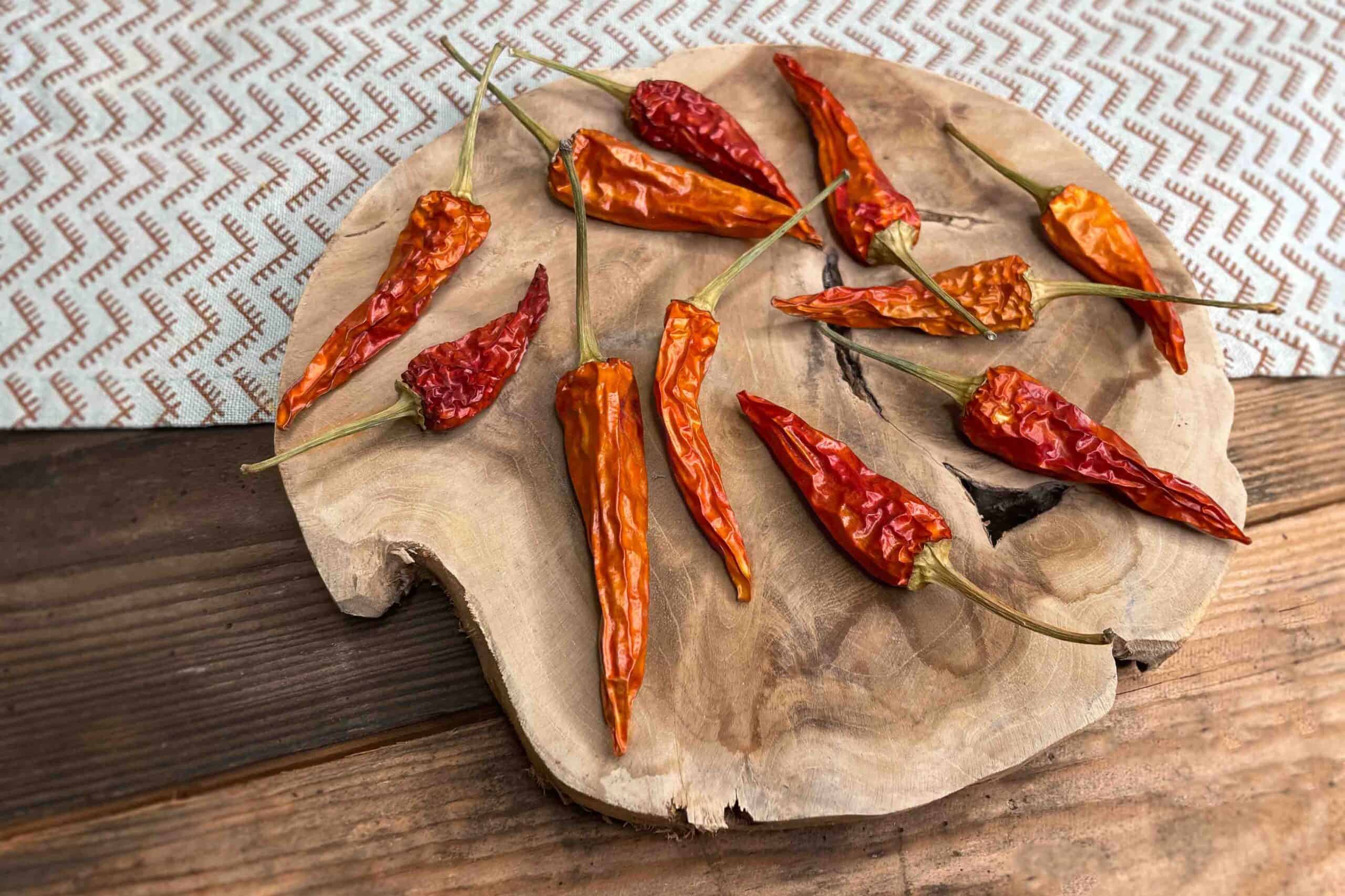

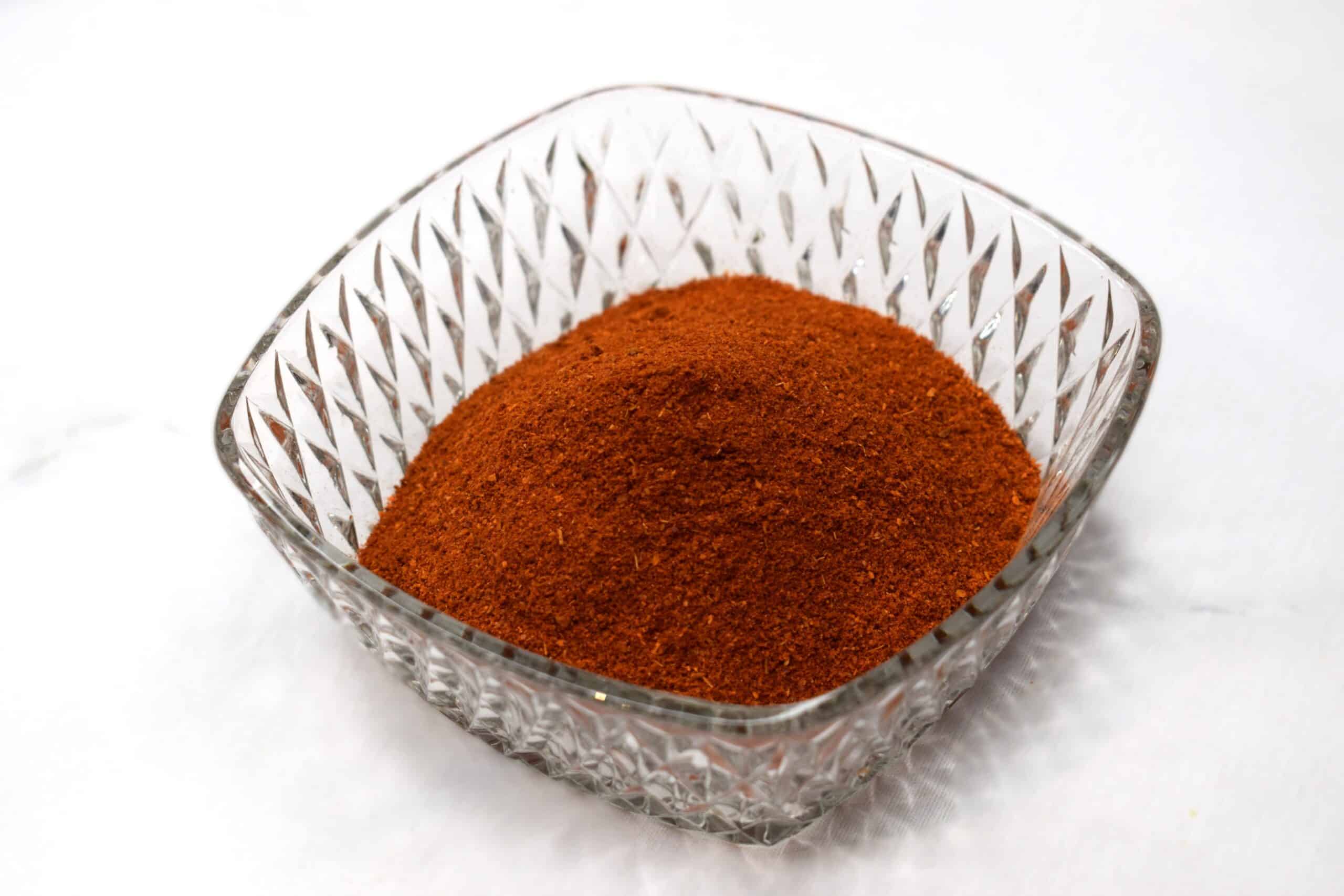



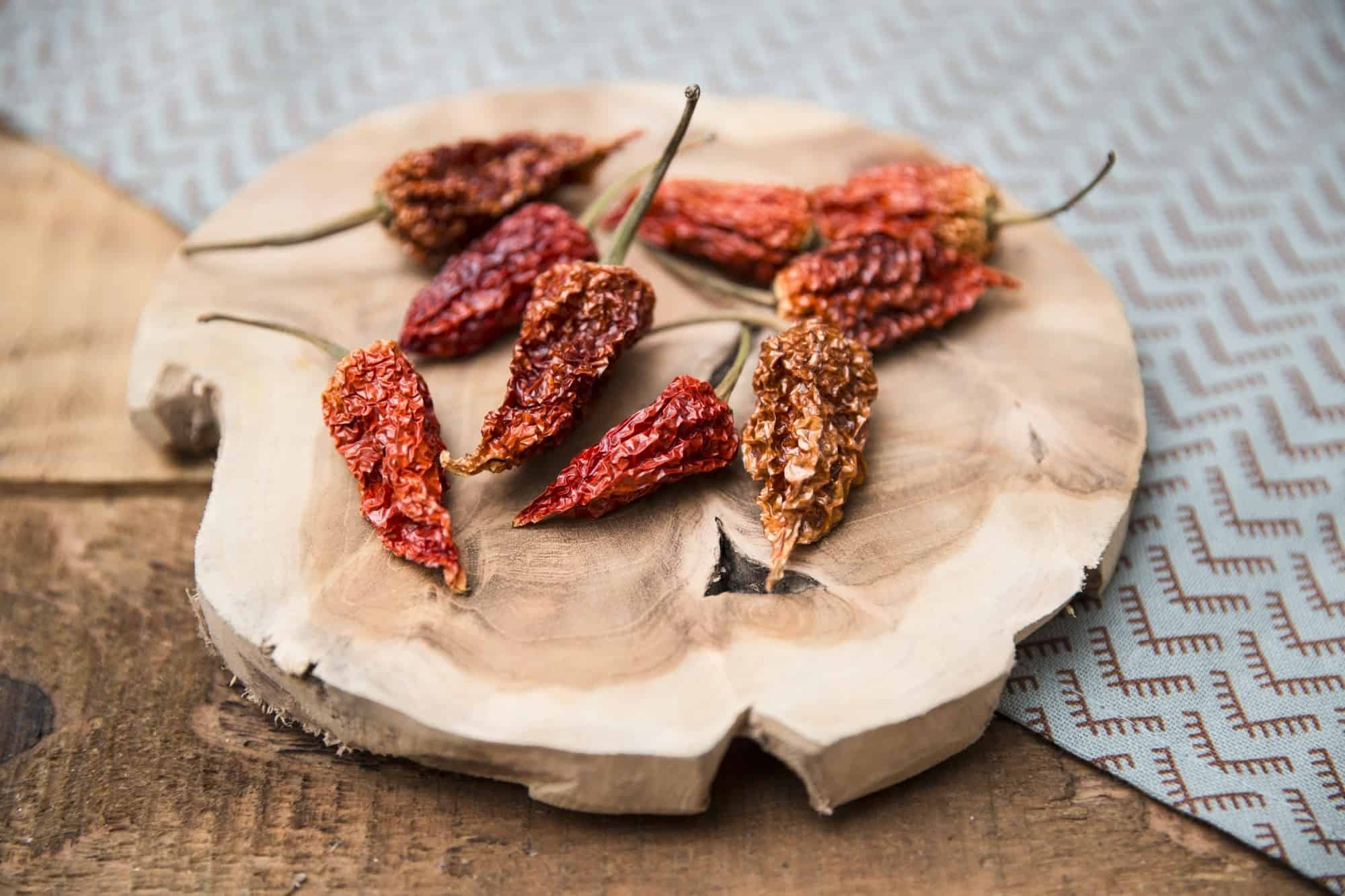

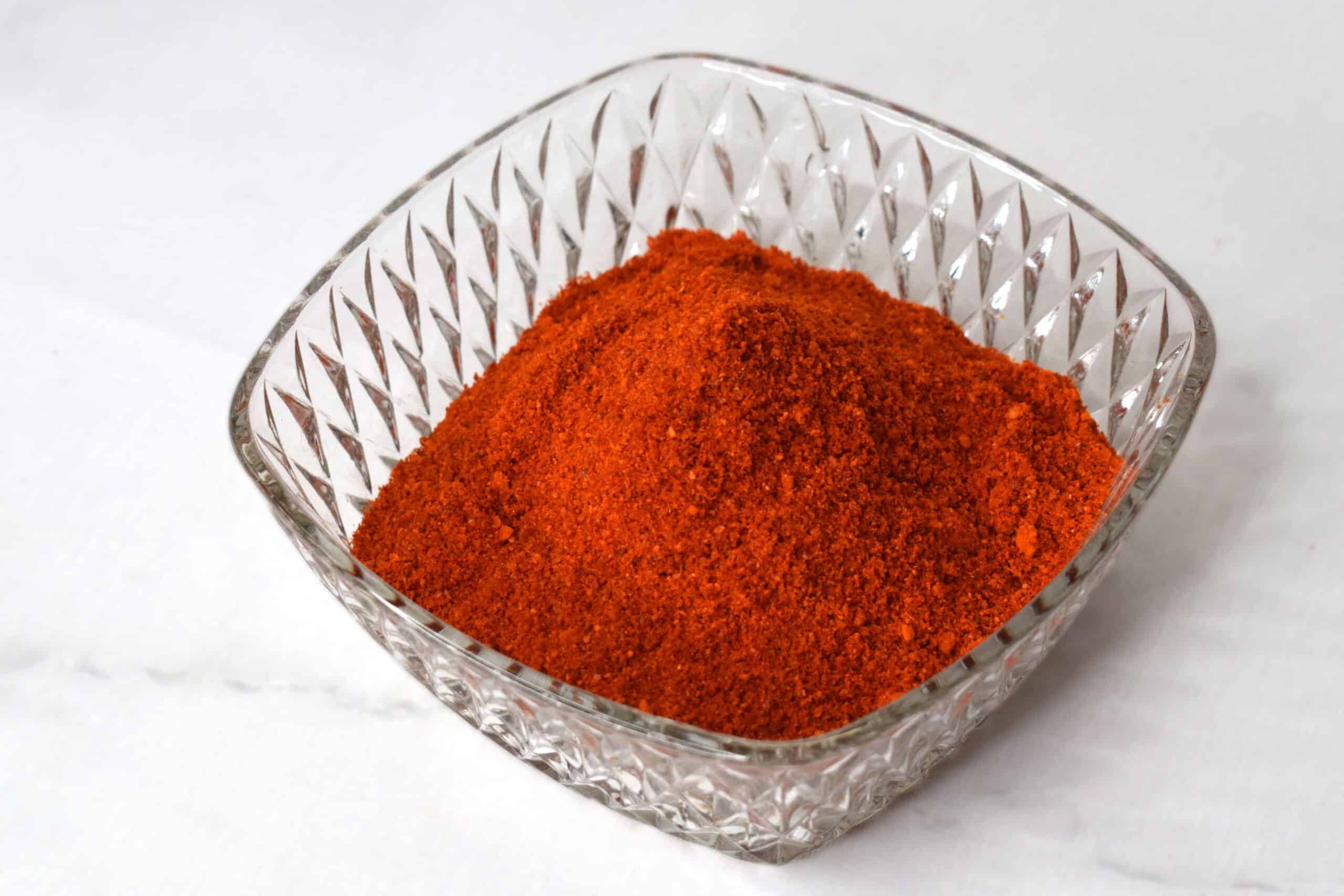

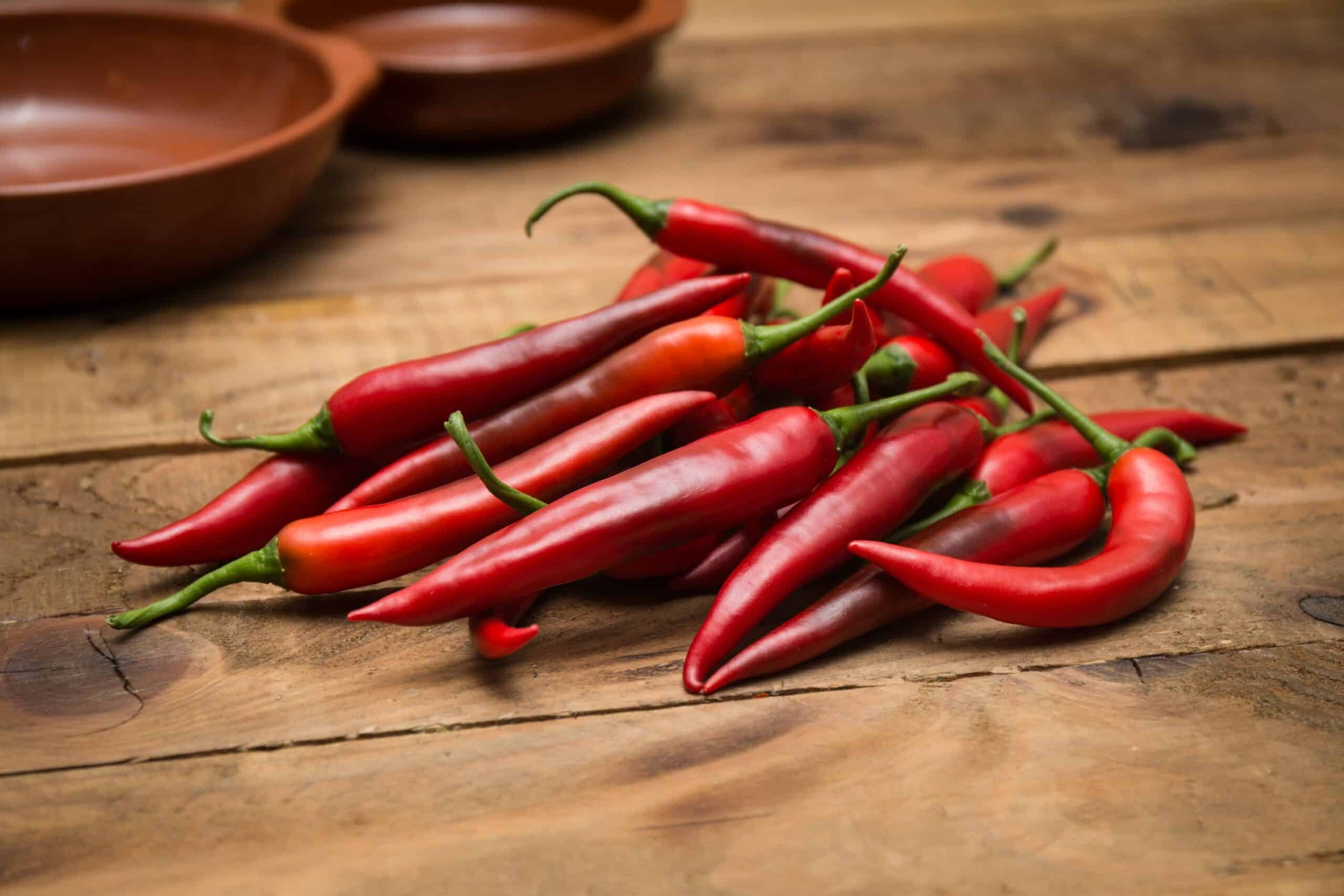
| Monday | from 8:00 a.m. to 5:00 p.m. |
|---|---|
| Tuesday | from 8:00 a.m. to 5:00 p.m. |
| Wednesday | from 8:00 a.m. to 5:00 p.m. |
| Thursday | from 8:00 a.m. to 5:00 p.m. |
| Friday | from 8:00 a.m. to 5:00 p.m. |
| Saturday | from 8:00 a.m. to 12:00 p.m. |
| Sunday | Closed |
Burg. Crezeelaan 44A
2678 KZ De Lier
The Netherlands
© Westlandpeppers | Webshop by Buro Staal
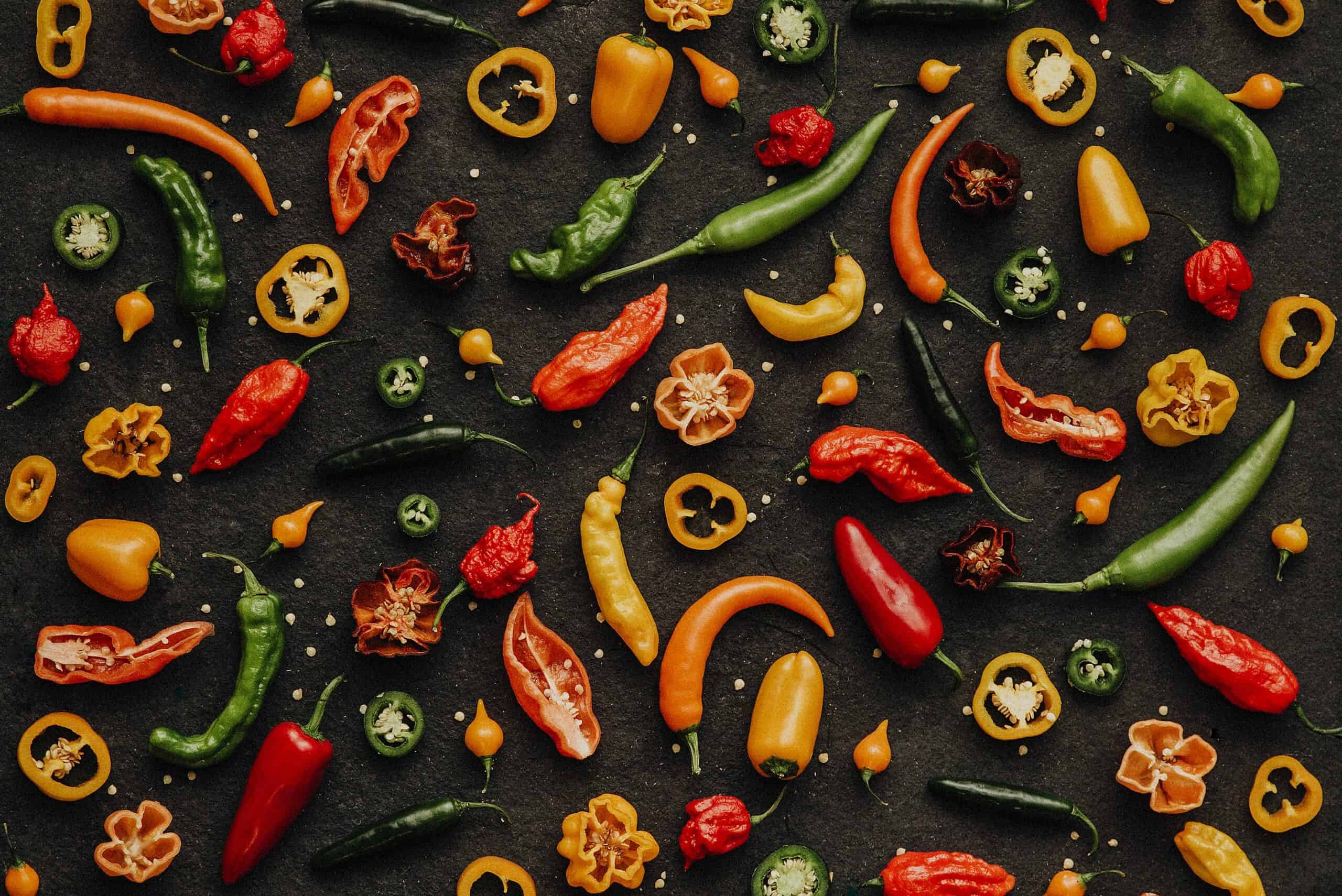
This Friday our web shop will be closed. Orders placed after 9:30 a.m. on Thursday, July 31, will be processed and shipped again on Monday. Thank you for your understanding!